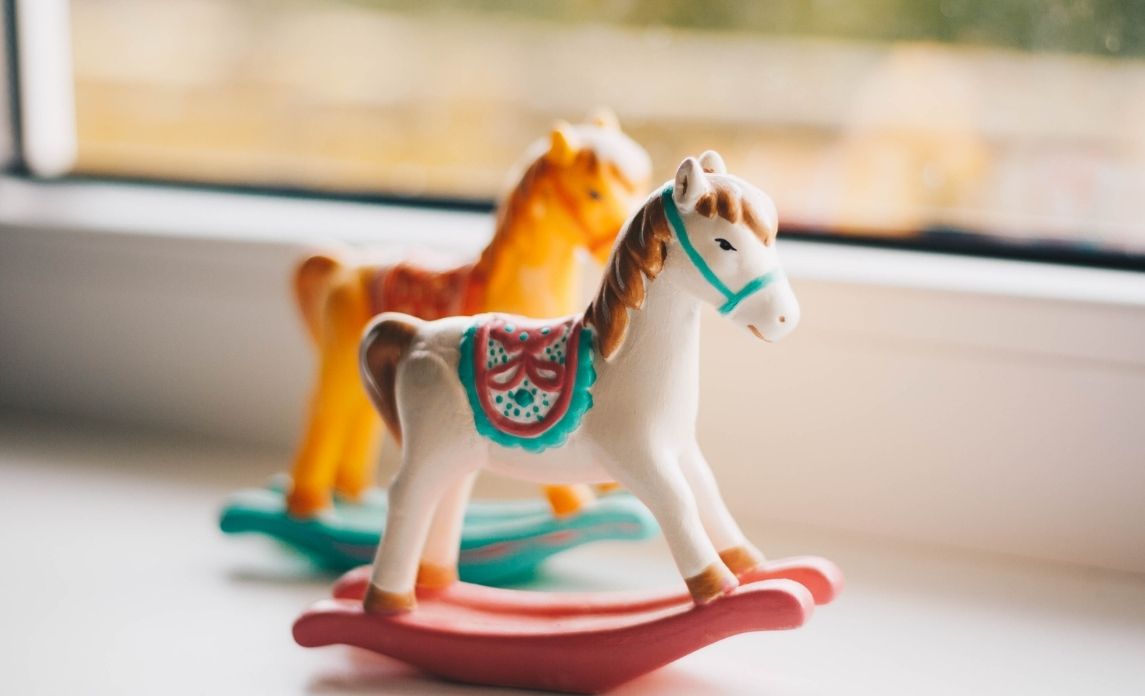Cleanliness is a crucial element of health and safety, especially in spaces occupied by the vulnerable. For example, children don’t have fully developed immune systems yet. What’s more, they’re curious about the world and have habits like putting things in their mouth. Thus, they can get sick and spread disease easily.
As such, it’s important to sanitise and disinfect childcare environments like daycares. This is particularly important when it comes to toys, which are often shared amongst multiple children. By making sure that everything that the kids touch is germ-free, you can ensure their comfort and well-being. You can also go about your business with more peace of mind.
The Difference Between Cleaning, Sanitising, and Disinfecting
To appreciate why you need to disinfect—not just clean and/or sanitise—toys in daycares, you need to first understand the difference between the three.
Cleaning means removing dirt, dust, and germs from materials or surfaces. This doesn’t necessarily kill the germs (although it can happen). Rather, the ultimate goal of cleaning is to reduce the number of these germs and thus lower their risk of them spreading. Cleaning also creates an environment that makes it difficult for germs to thrive.
Meanwhile, sanitising means reducing the number of germs on a material or surface to an acceptable level. This means that there may still be germs left behind, but they aren’t enough to cause serious harm. Finally, disinfecting means using chemicals to actually kill or inactivate germs; however, a disinfected surface may not necessarily be clean.
These definitions mean that it’s not enough to clean toys in daycares. You should also disinfect them afterwards. Fortunately, if you work with professional school cleaners, they already know what to do as well as how to do it efficiently and effectively.
What Do Daycares Use to Clean and Disinfect Toys?
When it comes to cleaning surfaces, most kinds of soaps will do. Just make sure that they are appropriate for the material. For example, if you’re washing a fabric toy, check the care label and use the recommended type and amount of detergent.
For sanitising and disinfecting, use products that are labelled child-safe. As much as possible, look for hypoallergenic sanitisers and disinfectants. It’s also good to patronise eco-friendly products.
The most important thing is to follow usage instructions, since doing so will guarantee the best results. This is especially true for disinfectants. If the bottle says “let sit for 15 minutes,” then let it sit for 15 minutes before rinsing or wiping it off.
How Do You Sanitise Toys in a Daycare?
There are different kinds of toys, which simply means that there are also different ways to clean, sanitise, and disinfect them. Here are some key things to remember:
1) Hard, nonporous toys.
For toys made from plastic, such as blocks, play instruments, balls, and the like, the best way to clean them is through washing with soap and water. After washing, dry them thoroughly with a clean cloth and then disinfect them. If the toys aren’t visibly dirty, you can sanitise them at the end of playtime.
2) Soft and porous toys.
For porous toys like wooden blocks, board books, and stuffed animals, use the correct cleaning solution when they’re dirty. Use warm water for washing or wiping, then dry completely before disinfecting them. For toys made with fabric, use hot water for laundering. Don’t use disinfectants afterwards, since it can linger on the fabric and younger children might bite or suck on them.
3) Electronic toys.
Since you can’t wash these types of toys, the next best thing is to use disinfectant wipes or cleaning cloths and disinfectant. Don’t put the disinfectant directly onto the toys, however. Instead, dampen the cloth with the disinfectant and wipe the surfaces.
How Do You Disinfect Toys From COVID?
According to the World Health Organisation, COVID is airborne. It spreads between people who are in close contact, up to 1 metre apart. When aerosols or droplets containing the virus come into contact with a person’s eyes, nose, or mouth, they may be infected. Such aerosols or droplets may be produced by someone talking, sneezing, or coughing.
This is why the WHO encourages mask-wearing. It’s also wise to avoid poorly ventilated or crowded indoor settings because the aerosols can remain longer and travel farther in these environments.
Rarely, COVID also spreads through fomites. These are contaminated items or surfaces, like countertops, elevator buttons, and, yes, toys. After touching these objects, a person may become infected if they immediately touch their eyes, nose, or mouth without washing their hands.
As such, even if the risk of getting COVID is low, it’s still wise to disinfect toys in daycares. There may not be COVID aerosols on these objects, but they may be harbouring germs that can cause other diseases. Of course, it’s also important to teach children how to wash their hands properly.
The task might seem tedious, especially if you have a lot of toys to clean. Ultimately, however, disinfecting toys and keeping daycares clean will benefit everybody in the establishment.


